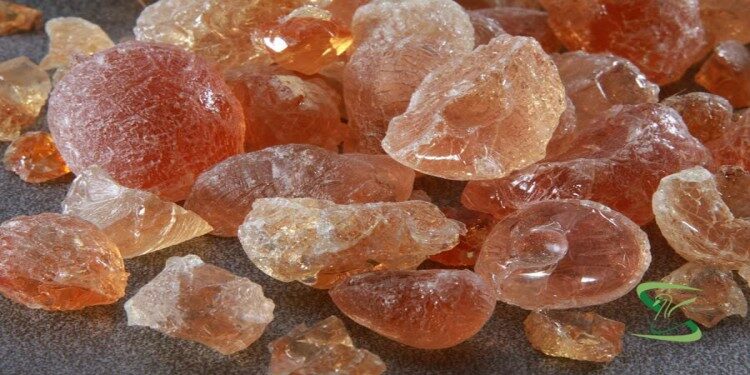In news- Ongoing conflict in Sudan has affected supply of Gum Arabic,a key ingredient in everything from fizzy drinks to candy and cosmetics around the world
About Gum Arabic-
- It is a natural gum originally consisting of the hardened sap of two species of the Acacia tree, Senegalia senegal and Vachellia seyal.
- The term “gum arabic” does not legally indicate a particular botanical source.
- It is harvested commercially from wild trees, mostly in Sudan (80%) and throughout the Sahel, from Senegal to Somalia.
- The name “gum Arabic” (al-samgh al-‘arabi) was used in the Middle East at least as early as the 9th century.
- Gum arabic first found its way to Europe via Arabic ports, so retained its name.
- It is a complex mixture of glycoproteins and polysaccharides, predominantly polymers of arabinose and galactose.
- It is soluble in water, edible, and used primarily in the food industry and soft-drink industry as a stabilizer, with E number E414 (I414 in the US).
- It is a key ingredient in traditional lithography and is used in printing, paints, glues, cosmetics, and various industrial applications, including viscosity control in inks and in textile industries, though less expensive materials compete with it for many of these roles.















